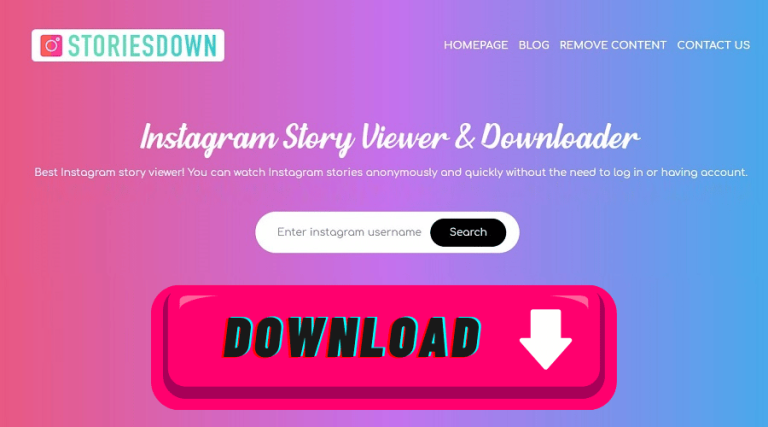The Balance Between Work, Play, and Wellbeing

If you’ve ever felt like your workday never really ends, you’re not alone. With phones buzzing nonstop and laptops always within reach, it’s easy to slip into a pattern where work consumes nearly every waking moment. Over time, this constant hustle can leave you drained, unfocused, and wondering where your energy went.
That’s why carving out time for play isn’t just a luxury, it’s a necessity. Short, engaging breaks help reset your brain and improve focus, especially when they involve something stimulating and fun. Online casino instant games are a great example. With quick rounds and built-in excitement, they offer a mental shift that’s easy to squeeze into even the busiest schedule. Whether you’re between meetings or unwinding at the end of the day, click here to explore how these games can become a smart and satisfying part of your well-being routine.
Understanding the Work-Play-Wellbeing Triangle
The relationship between work, play, and wellbeing forms a delicate triangle where each element supports and influences the others.
- Work provides purpose and achievement
- Play offers restoration and creativity
- Wellbeing serves as the foundation
When any one of these elements becomes disproportionately dominant, the entire system becomes unstable. Overwork leads to exhaustion and decreased performance, while excessive play without purpose can result in feelings of emptiness and lack of direction. Poor wellbeing undermines both our capacity to work effectively and our ability to enjoy recreational activities.
The Science of Strategic Rest
Research in neuroscience and psychology has revealed that our brains require specific types of rest to function optimally. Active rest means engaging in activities that are different from our primary work but still stimulating. It is proven that it can be more restorative than passive rest. That’s why many successful professionals find that strategic games, puzzles, or skill-based activities help them recharge more effectively than simply watching television.
Studies have shown that people who engage in regular, purposeful play activities demonstrate:
- Enhanced problem-solving abilities in their professional work
- Improved stress management and emotional regulation
- Better sleep quality and overall physical health
- Increased creativity and innovative thinking
- Stronger social connections and communication skills
Creating Intentional Boundaries
Intentional boundaries mean being fully present in whatever activity you’re engaged in. Whether you are focusing on work tasks during designated hours or giving your full attention to recreational activities during your downtime.
Technology can be both a challenge and a tool in this process. While smartphones and constant connectivity can make it difficult to disconnect from work, they can also provide access to engaging, brief entertainment options that fit into small pockets of time throughout the day.
Effective boundary-setting includes:
- Designated work hours with clear start and end times
- Regular breaks throughout the workday for brief recreational activities
- Weekly schedule blocks dedicated specifically to play and personal interests
- Monthly reviews of your work-play balance to make necessary adjustments
The Role of Micro-Recovery

One of the most overlooked aspects of maintaining work-life balance is the importance of micro-recovery periods. These are brief moments throughout the day when you engage in activities that shift your mental state and provide cognitive relief. Even five-minute breaks spent on engaging, skill-based activities can significantly improve your overall wellbeing and work performance.
These micro-recovery periods are particularly effective when they involve:
- Mental challenges that are different from your work tasks
- Clear objectives with immediate feedback
- Low stakes that allow you to experiment without pressure
- Personal choice in how you engage with the activity
Building Your Personal Balance Strategy
Creating an effective work-play-wellbeing balance requires honest self-assessment and ongoing adjustment. Start by tracking your current patterns for one week, noting when you feel most energized, when you experience stress, and what activities genuinely help you recover.
Some people find that competitive activities energize them, while others prefer collaborative or solitary pursuits. The key is finding activities that genuinely engage you without adding additional stress to your life. During busy work periods, you might need shorter but more frequent play breaks. During vacation time, you might choose longer, more immersive recreational activities.
Sustaining Long-Term Wellbeing
The ultimate goal of balancing work, play, and wellbeing is to create a sustainable lifestyle that supports both your immediate happiness and your long-term goals. This requires viewing recreational activities not as indulgences or distractions, but as essential components of a high-functioning life.




